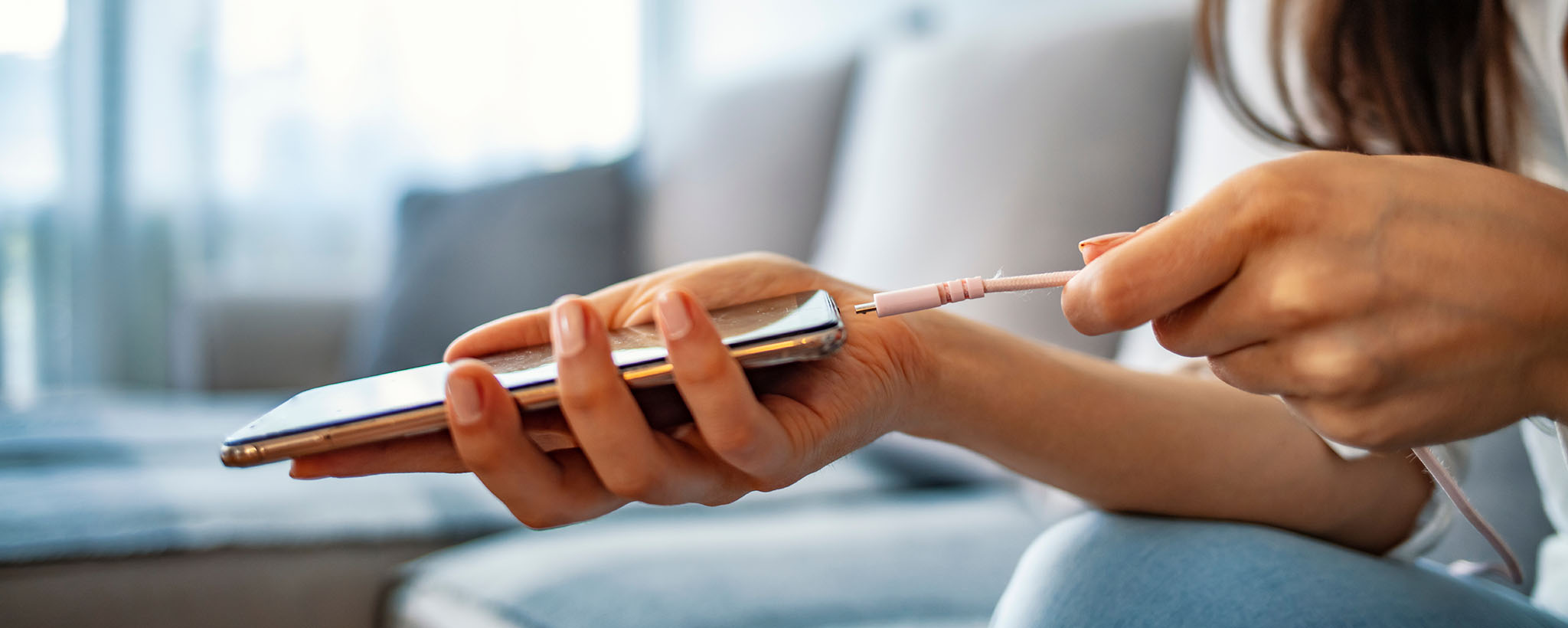Technology has made it easier than ever to prepare for emergencies, but it can be unreliable in an emergency if you haven’t kept your gadgets protected and powered up. Here are some tips to make sure you are tech ready:
Be Informed
- Download the FEMA app. Get weather alerts from the National Weather Service for up to five different locations anywhere in the United States.
- Sign up for FEMA text messages to get updates from FEMA (standard message and data rates apply).
Here are basic commands to get started:
- To sign up to get preparedness tips: text PREPARE to 43362.
- To search for open shelters (for disaster survivors): text SHELTER and a ZIP code to 43362.
- To get a list of all keywords you can subscribe to: text LIST to 43362.
- To unsubscribe (at any time): text STOP to 43362.
- Before a disaster, follow local government on social media to stay up-to-date with official information before, during and after a disaster. Sign up for Twitter alerts from trusted government agencies to get notified when critical information goes out.
Make A Plan
- Use text messages, social media and email to connect with friends and family during emergencies.
- Mobile networks can become overwhelmed during emergencies, making it hard to make and get phone calls. Text messages require less bandwidth, which means they are able to be transmitted more reliably during situations when many people are trying to use their mobile phones at the same time.
- Social media channels such as Facebook and Twitter can also be an effective way to update family and friends during emergencies. Facebook’s Safety Check feature allows users to easily post a status update indicating that they are safe during a time of disaster.
- Have an emergency charging option for your phone and other mobile devices. Smartphones have become a vital tool to get emergency alerts and warnings so it’s important to make sure you can keep them powered up in an emergency.
- At home: Prior to severe weather make sure that all of your electronic devices are fully charged. If the power goes out save battery power by minimizing device use. Keep a back-up power source on hand.
- In your car: Keep a portable phone charger in your car at all times and consider purchasing a back-up power supply to keep in your car as well.
- Change the settings on your phone to low power mode or place it on airplane mode to conserve energy.
- Store important documents on a secure, password-protected jump drive or in the cloud.
- There are several apps for mobile devices that let you use your phone’s camera as a scanning device. This lets you capture electronic versions of important documents such as insurance policies, identification documents and medical records. Don’t forget to include your pet’s information.
- Back-up your computer to protect photos and other important electronic documents.
- Scan old photos to protect them from loss.
- Keep your contacts updated and synced across all of your channels, including phone, email and social media. This will make it easy to reach out to the right people quickly to get information and give updates. Consider creating a group listserv of your top contacts.
- Create a group chat via a texting app or a thread for family/friends/coworkers to communicate quickly during a disaster.
- Sign up for direct deposit and electronic banking through your financial institution so you can access your paycheck and make electronic payments wherever you are. Federal benefit recipients can sign up by calling 800-333-1795 or at GoDirect.org.


